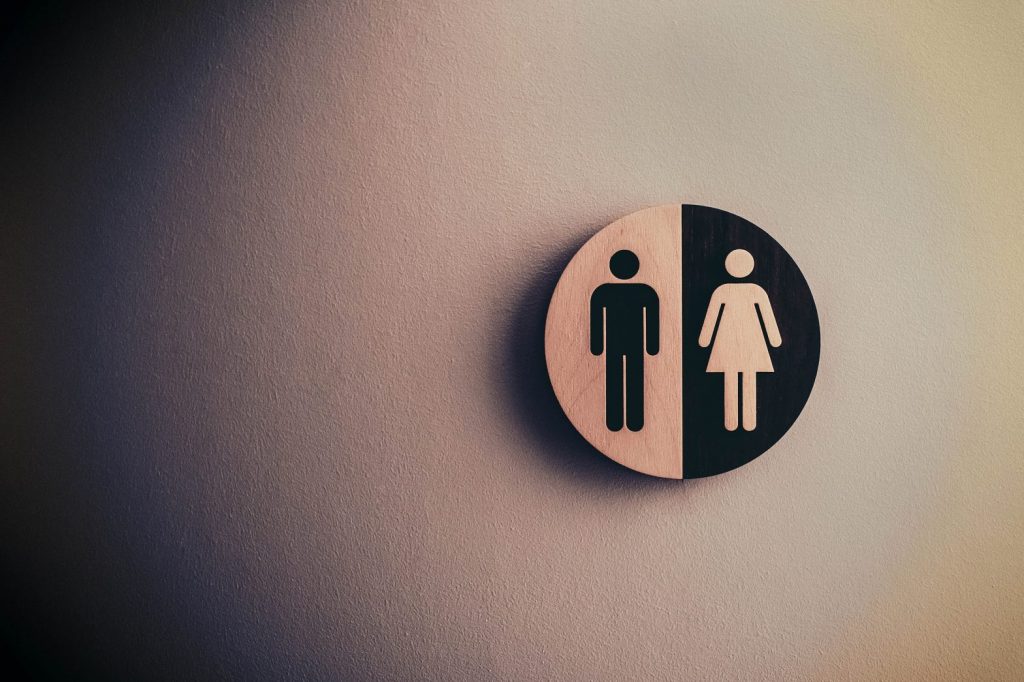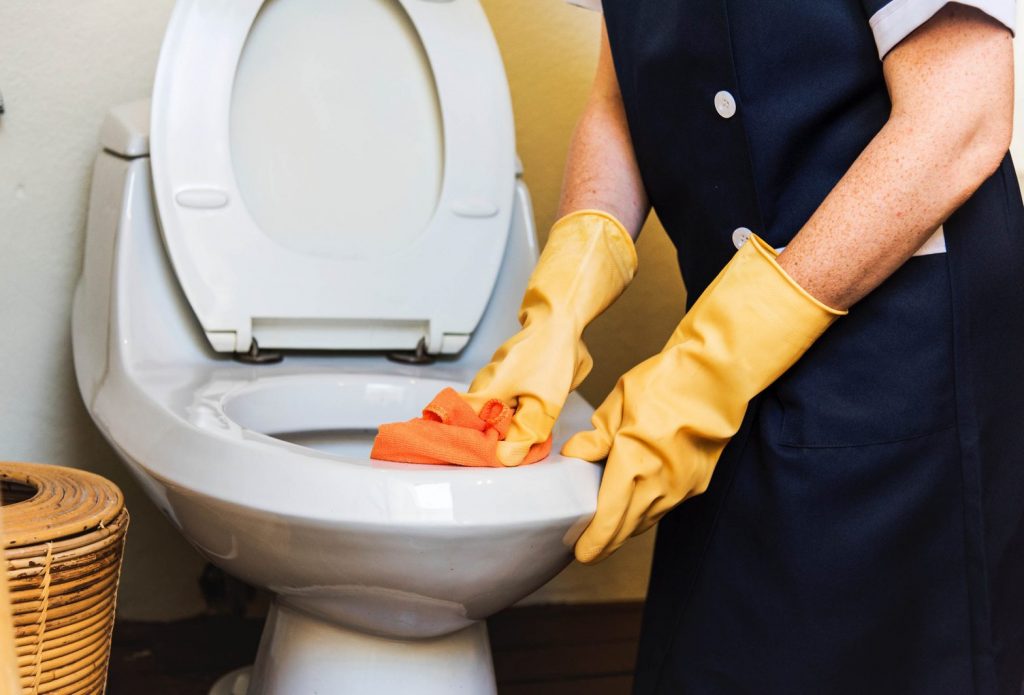
Whether you are the proud manager of a mall, or you are in the process of designing your own multi-storey conference centre in Melbourne city, there are a whole lot of legal requirements you have to adhere to for the advantage of this facility’s occupants.
While companies are needed to offer restroom facilities for their workers, not every business must permit customers to use these restrooms. If a company chooses to permit public access, they need to ensure that the centers conform to local plumbing codes and also to the Americans with Disabilities Act.
More to the point, your facility’s restrooms need to meet specific standards involving architectural planning and health code standards that are abided by construction contractors around the country. Here are a couple of pointers that will assist you to satisfy these OSHA (Occupational Safety and Health Administration) special requirements for commercial buildings which guarantee your occupants may have a secure and sanitary restroom.
Planning Your Own Toilet Facilities
When you are planning your facility’s restrooms, there’s a lot you have to factor into the designs. It is always best to get a notion of the number of workers or occupants are going to be in the facility on a daily basis. Generally, 1-15 occupants lawfully need a minimum of one bathroom per each gender-designated bathroom. If the occupancy is between 36 and 55 people, then that number jumps into three toilets each restroom.
Although a lot of men and women enjoy the only occupant bathroom, it can cause complaints and frustration, so if you are planning your center from the ground up, a multiple occupant restroom should be greatly considered. If you anticipate a potential influx of occupants because of company growth, choosing a multi-toilet and urinal restroom is a wise option. Be sure that you include a designated disabled stall to be ADA compliant.
Ensuring Occupant Privacy
Relieving oneself is a private thing, therefore taking the necessary steps to ensure privacy is important. Single-toilet restrooms should have a door which can be locked from the inside. Multiple-toilet restrooms should comprise stalls and partitions that give the necessary privacy. Non-ADA stalls should be at least 60 inches in diameter and a minimum of 55 inches high, but not restricted to 72 inches in height.

Sanitation Standards
Hand washing stations are also a necessity in your bathroom. Signs indicating the need to scrub hands can be helpful in reducing
A thorough cleaning should be conducted daily to ensure that any germs or bacteria are eradicated. It’s critical to combat
Whether
Number of Fixtures
While federal laws mandate restrooms for worker usage, laws regarding public restrooms are put at the state or local level. A majority of the states in
For instance, a high traffic area such as the Melbourne stadium may require one fixture per 50 customers around the place’s maximum occupancy, even though a restaurant may require segregated restrooms at a ratio of one per 75 male and female customers.
Public accessibility to Business Restrooms
Not every state requires a little company to open up their restrooms to the public, though it’s usually great for a store’s standing to do so. A company in a country that does not require public access might decide to keep its restrooms for employees only to save on operating costs. However, several states such as Illinois, Oregon and Texas have passed versions of their Restroom Access Law, a law that requires a business to start their restrooms to a patron using a legitimate medical need.
Americans with Disabilities Act
A concern in the civil engineering sector is the construction of restrooms for disabled individuals. Publicly accessible restrooms should adapt to the Americans with Disabilities Act to ensure they can be used by any customer. These accommodations include grab bars in the side and back of toilet fixtures, flush controls that are readily accessible and adequate space to browse a wheelchair through the restroom. Older buildings might not be required to update a toilet to the ADA standard, although readily achievable modifications to improve access has to be implemented.
Gender Identity Accommodation
Trans men and women may face unique problems when using public toilets. Though some businesses have unisex restrooms, others don’t. Some companies have policies that enable people using the washroom that corresponds to their gender identity. Sometimes, state laws or local ordinances govern the use of single-sex facilities.
Other Restroom Problems
A public bathroom might be locked, as long as the lock or key code is readily accessible from a worker. The rules and regulation from OSHA require a bathroom to be kept clean and free from potential dangers, such as water puddles or fittings that are faulty. Regular maintenance to check for problems that require a repair in the plumbing system






